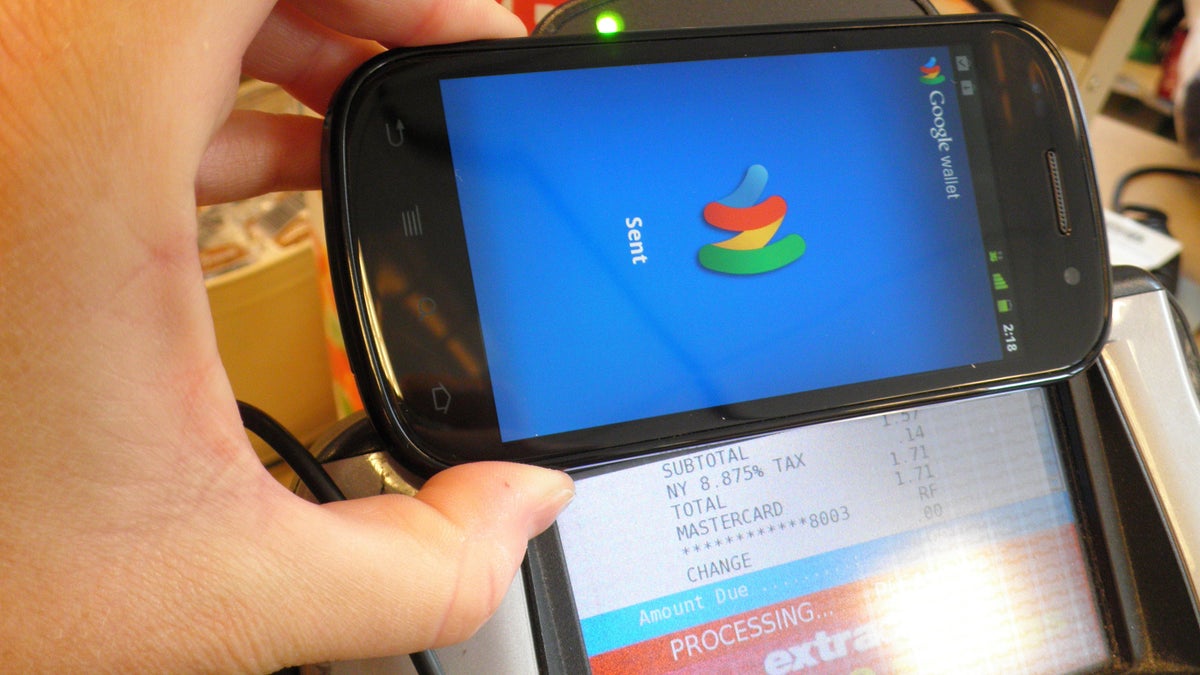Google Wallet gets an upgrade
Google launches its SingleTap feature, which allows you to redeem coupons and earn rewards points when paying with your smartphone.

Google today launched a new set of capabilities to its mobile payment service that it hopes will draw in more early adopters.
Customers can use their Google Wallet-armed smartphones to redeem coupons and earn rewards points, something it calls the SingleTap experience.
The new feature marks the first major enhancement since the summer launch of Google Wallet, which enabled consumers to pay for goods and services by waving their smartphones at special payment terminals found in drug stores, retailers, taxis, and some train stations.
Google has been aggressively pushing the service as it attempts to take an early, dominant role in the evolution of mobile payments. However, at this point it's limited to owners of just one Sprint Nextel smartphone, the Nexus S.
The initial launch allowed customers to pay with a tap of their phone. But the enhancement creates a two-way communication between the phone and the point-of-sale terminal, allowing the retailer to send back information such as coupons and rewards points to the phone.
That two-way communication is key to Google making money off of this project. While it doesn't charge for the mobile-payment service, it plans to make money through its Google Offers program, where retailers pay Google to send targeted ads and offers to individuals based on their spending patterns and preferences. Delivering coupons through the terminal is just one way of doing that.
Google said its Wallet now includes a "featured offers" section that is exclusive to the program.
The company also added more details for each transaction, including the merchant name, location, amount spent and when it occurred.
A number of retail partners are part of the expanded program, Google said, including American Eagle Outfitters--which was on stage during the initial demonstration in May--Foot Locker, Macy's, and Toys "R" Us.
• Google Wallet opens for business
• George Costanzas' wallet in Google Wallet ad
• Visa vs. Google Wallet in mobile payments
Despite Google's aggressive push, the adoption of mobile payments has been slow. The Nexus S is one of a few devices that has the near-field communication technology that enables the tap-to-pay function. While a growing number of retailers are beginning to outfit their stores with NFC checkout terminals, they remain in the minority.
Google is hoping a broader number of its Android phones will come with NFC in the coming months, allowing for the proliferation of Google Wallet.
Mobile payments is an attractive area that has lured in a number of different parties. The other three national carriers have banded together in a joint venture called Isis to roll out a similar NFC system, which it plans to begin next year. Visa, meanwhile, is setting out to create its own mobile wallet, while credit card rivals MasterCard and American Express are striking various partnerships.

